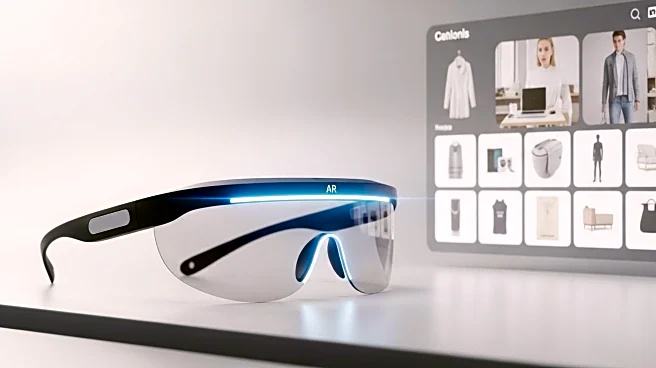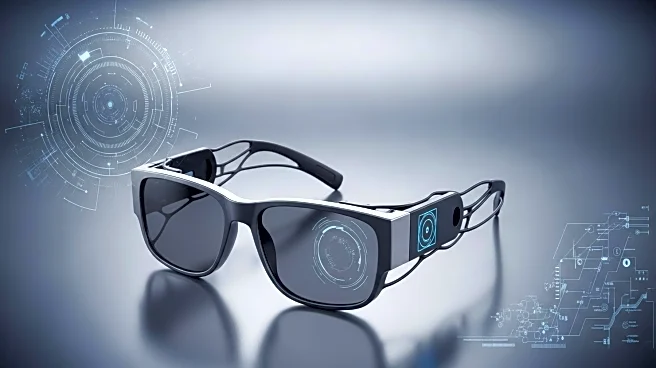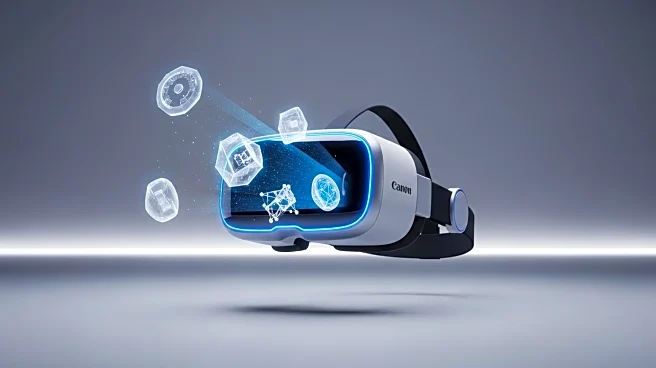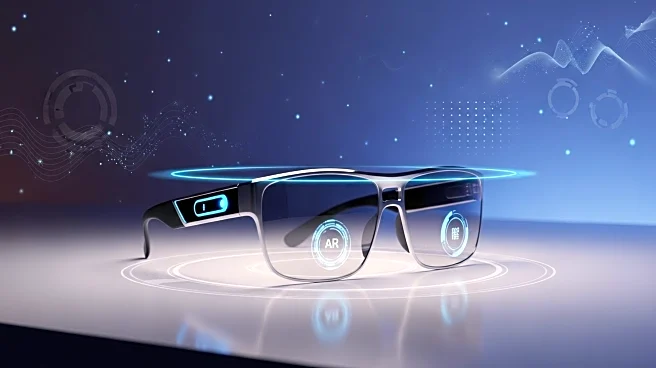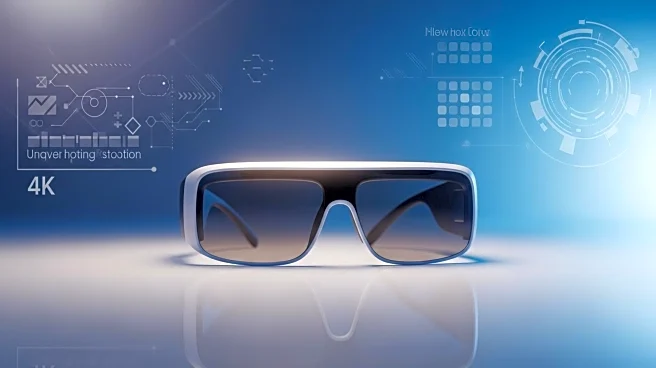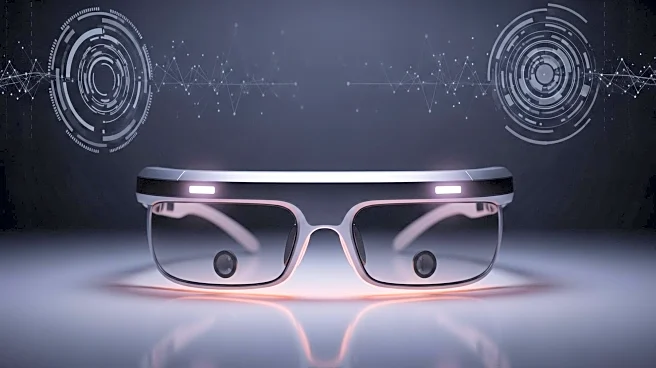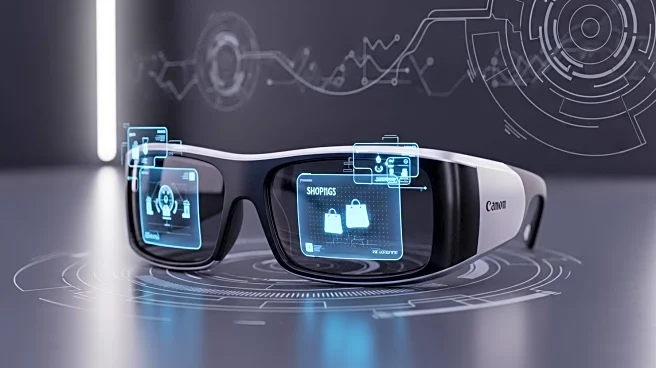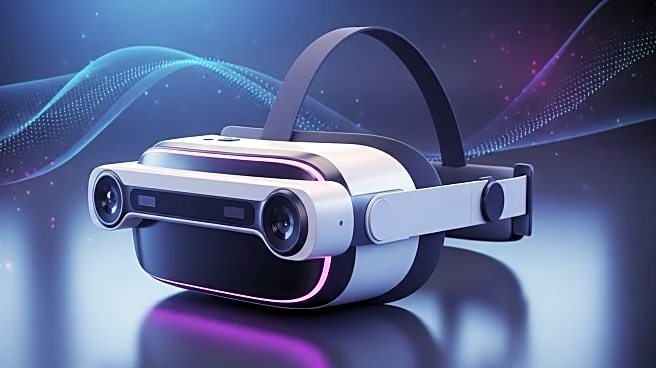What's Happening?
In 2025, augmented reality (AR) technology is seeing significant advancements with Meta launching the Ray-Ban Display and Snap enhancing its Spectacles with GPS and hand-tracking. Meta's device, priced at $799, includes a wristband for gesture inputs, while Snap's developer program costs $99/month. Google is also pushing Android integration with XR demos. These developments indicate a shift towards developer-focused strategies, with hardware prices ranging from $379 to $799, suggesting a premium entry for early adopters.
Why It's Important?
The advancements in AR technology by major companies like Meta, Snap, and Google are pivotal in shaping the future of consumer electronics. These innovations could redefine how users interact with digital content, offering new experiences in navigation, gaming, and real-time data overlays. The focus on developer tools suggests a strategy to build a robust ecosystem of applications that could drive consumer adoption and expand the market for AR devices.
What's Next?
As AR technology continues to evolve, regulatory and safety scrutiny is expected to increase, particularly with the wider use of wearables. Companies may face challenges in ensuring user privacy and data security. The success of these AR devices will depend on consumer acceptance and the development of compelling applications that demonstrate clear value beyond novelty.

